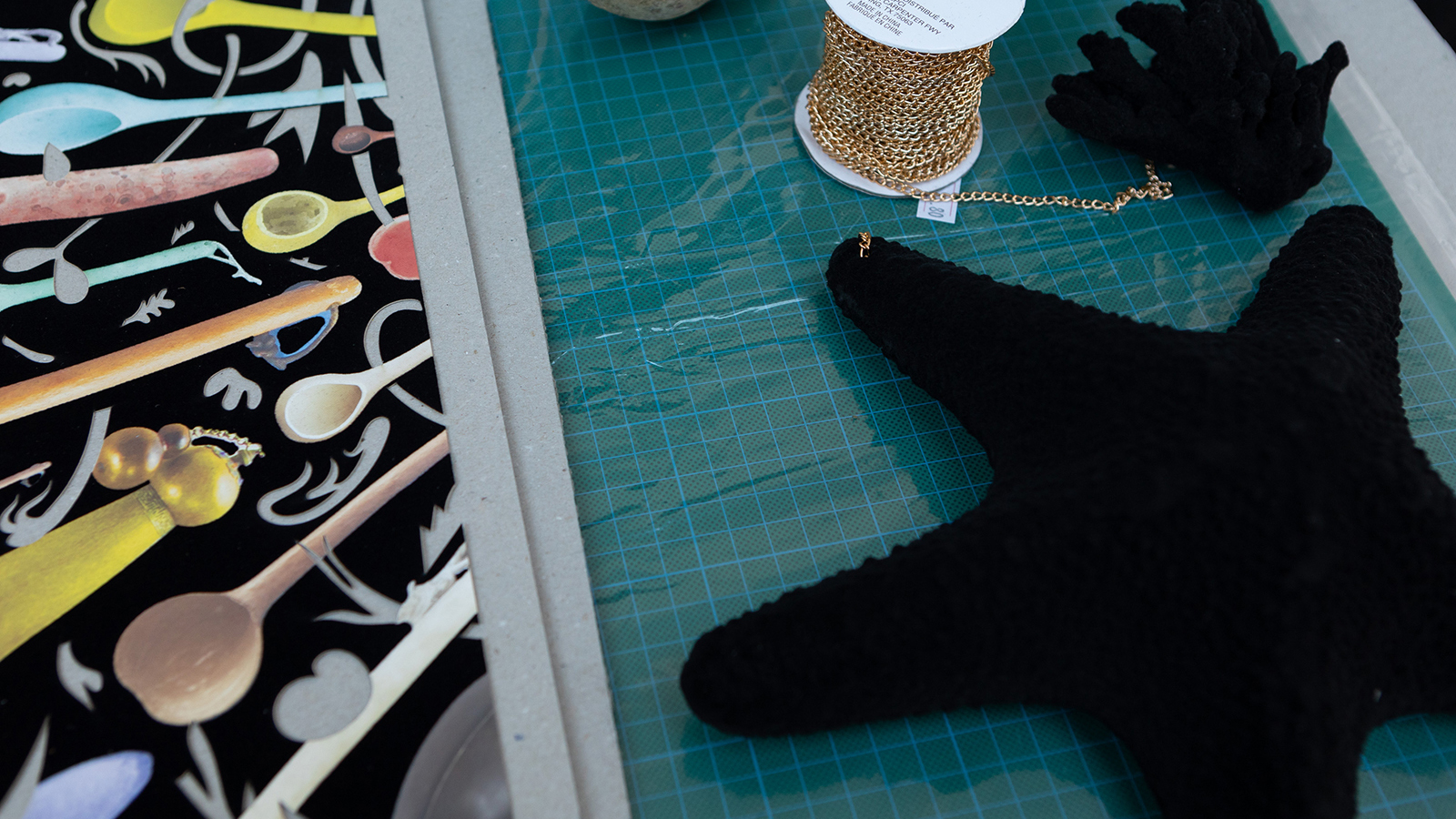
Below are descriptions of works and projects that will be presented at Summer Open Studios 2022 at the American Academy in Rome, taking place June 9, 2022.
Germane Barnes
Germane Barnes’s work began as a search for North African contributions to classical architecture. Presented in his studio is a timeline of early African/Roman relationships, a proportional map representation of the world, a layering of important texts, and a representational attempt of an African process, Opus Sectile. In addition, there is a screening of Barnes’s award-winning short film, You Can Always Come Home, which explores themes of joy, delight, and ritual with the kitchen and porch.
Mary Ellen Carroll
IL LORO TAVOLO È TROPPO LUNGO (THEIR TABLE IS TOO LONG)
This title is the rubric for the work that Mary Ellen Carroll (MEC, studios) has conducted research for and executed while at the American Academy in Rome. It includes both new and expanded existing series that focus on seeing things as they are, and the “ethically imagined,” a phrase framed by Carroll’s ongoing collaborator the Kenyan writer and thinker Yvonne Adhiambo Owuor. The political and social as materials compete equivalently with Carroll’s ongoing subjects in infrastructure, technology, migration, and specifically the proposed topic while at AAR related to Marconi and radio frequency and the Holy See. Expanding to the corporeal—gardens, gastronomy, sports, housing, furniture, hardware/tools, and even clothing were also a part of the research and work realized and conducted while in Rome related to Carroll’s opus—prototype 180 and forthcoming exhibitions in New York and Europe. The following works will be included in the Open Studio on June 9: the shoes (a performance in collaboration with the Berlin-based composer Laurie Schwartz); and PUBBLICA UTILITÀ DUE (PUBLIC UTILITY 2.0), Beton, é stato così (it was like that, SPECIAL/SUPER SEEING, Niente, est/ovest, itinerant gastronomy, and an actual radio transmission to one radio with the call letters WWAR—88.2 FM. Additionally, the development for a new theater/opera work has commenced that will be based on the writings of the Italian author Natalia Ginzburg.
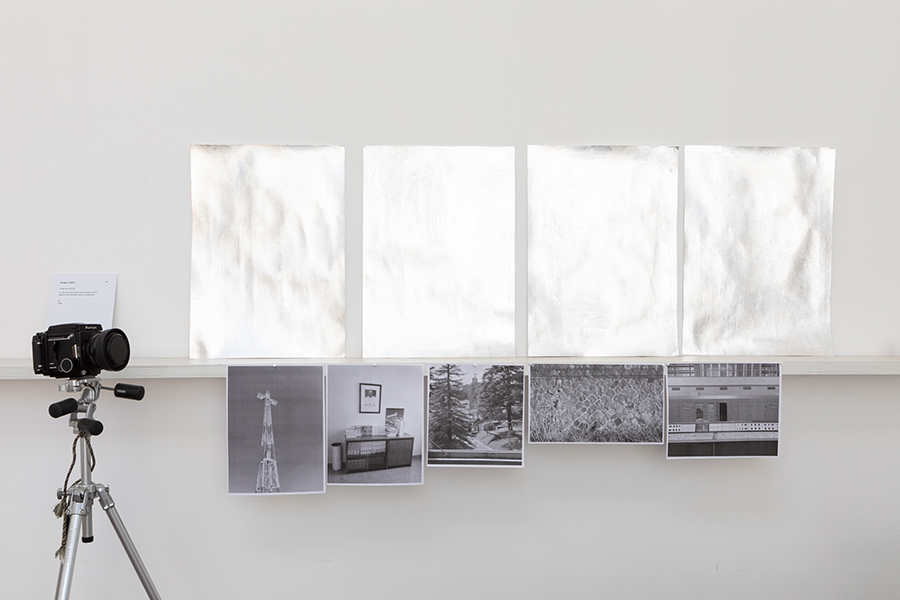
Manuele Cerutti
The Secret Sharers
In psychology, the term “alter” refers to other sides of the personality, describing the existence of inner “doubles.” In childhood, “alters” emerge as parts of the inner self and becoming aware of these is a significant step in maturation. Subsequently, “alters” can also emerge internally as conflicting personality traits that we project to the outside world.
Manuele Cerutti’s project, through a series of drawings, watercolors, and paintings, is an attempt to tell the story of a “misaligned” double. Specifically, he focuses on the events and the role that the lower limb, particularly the foot, plays in its emergence as a conscious entity. Akin to a secret companion, a double who is not necessarily antagonistic but distally connected.
Recognizing a part of oneself as conscious—a dislocated self—inspires a discussion about the identity of the subject and the body part. As if the bodily experience was of pieces rather than one whole: fragments of appendages and asymmetries.
It is common in literature to see dialogues between a subject and a body part. In the tragedy of Sophocles, the representation and addressing of body parts in apostrophes alluded to their independent consciousness. Particularly, Philoctetes speaks to his diseased foot as an entity by itself, deeming it the sole responsible for his pain; the limb is suddenly in possession of subjectivity like an animal ravenous of the owner’s flesh.
The intention is to shift the common perception and consider lack, asymmetry, and disease (there is a neurological disorder called alien hand syndrome, AHS) to be strengths. Cerutti’s reflection on doubles made him think about Rome as an object eternally split, divided, and united at the same time, capable of comparing the multiplication of a subject with the reduction of the ego.
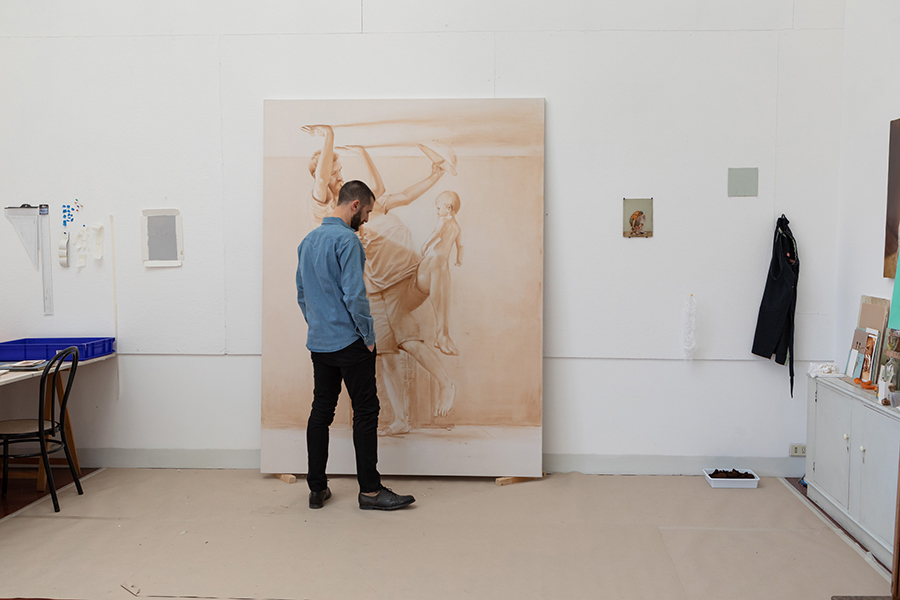
Autumn Knight
Autumn Knight is the 2022 Nancy B. Negley Rome Prize Fellow in Visual Arts and an artist based in New York.
Michael Lee
Ganymede’s Garden: Homoeroticism and the Italian Landscape
The Italian landscape has for centuries been a locus amoenus of male same-sex desire. Serving as an idealized setting for homoerotic visual representation and narratives of self-discovery, it has equally been the locus for social practices that gave rise to these associations. Cardinals and popes entertained male lovers in their Roman villa gardens, enhancing the atmosphere with homoerotic works of art. Northern aristocrats traveled to Italy on the Grand Tour in search not only of intellectual and aesthetic pleasures but also sexual liaisons with Mediterranean men. In the process they were equally seduced by the gardens, groves, and coastal landscapes of a warmer climate, discovering an ambience that seemed to promote and even sanction more relaxed social mores. With a focus on the early modern period, Michael Lee’s project examines sites, texts, and art works linking homoeroticism with Italian landscapes and develops a methodology for analyzing gay culture through a landscape framework.
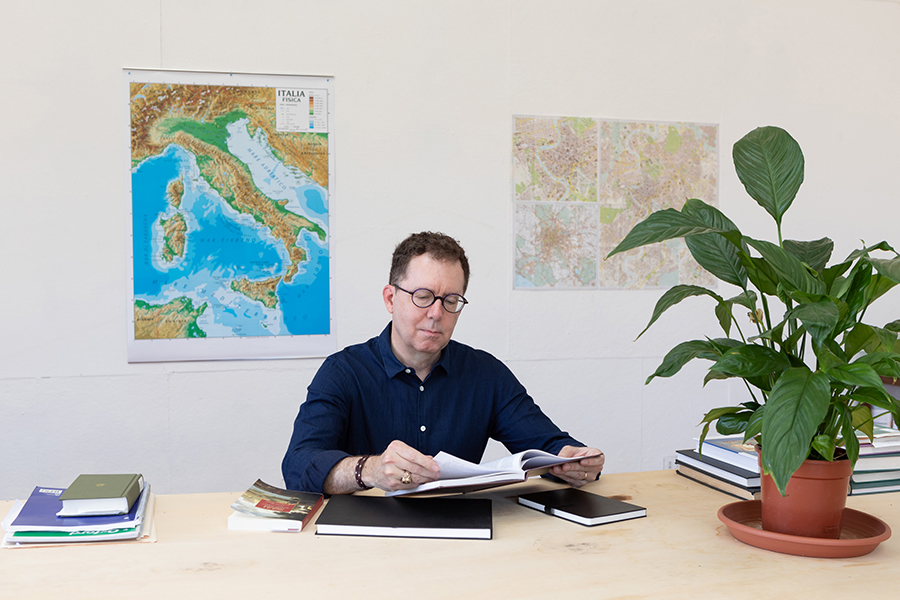
Phoebe Lickwar
Promiscuous Cultures: Practices of Resistance in Central Italy
Phoebe Lickwar’s project documents the persistence of the coltura promiscua, an ancient form of mixed farming notable for its preservation of biological and cultural diversity. A defining feature of the rural landscape of central Italy until the 1960s, the coltura promiscua is a system of mixed cultivation of trees, grape vines, and arable crops, based upon symbiotic relationships between plants, animals, soil, and water. Largely eradicated by extractive monocultural farming systems, the coltura promiscua has been characterized as an “unproductive” tradition of the past, even though it is exceptionally life-sustaining and climate resilient. Work in progress tells the story of what remains of this practice, across the provinces of Tuscany, Umbria, Lazio, and Campania, describing the beauty of its spatial and biological complexity, its powerful resistance to the extractive logics of specialization, and its insistence on life over profit.
Summer Open Studios is made possible by the Adele Chatfield-Taylor Fund for the Arts. The program is also funded in part by a grant from the Fromm Music Foundation and in part by the Aaron Copland Fund for Music.
Carol Mancusi-Ungaro
Cy Twombly: The Artist/Conservator Nexus
Carol Mancusi-Ungaro once asked Cy Twombly if his art had ever been decisively damaged. He replied, in all seriousness, “only by restorers.” That shocking retort launched a nineteen-year conversation with the artist. Through that experience, she saw anew the primacy of the artist’s voice in determining what should be preserved for posterity. Living in Rome, a place where the young artist spent his formative years and eventually chose to live, has deepened her appreciation of time and enriched her writing on the salient synergy between artist and conservator.
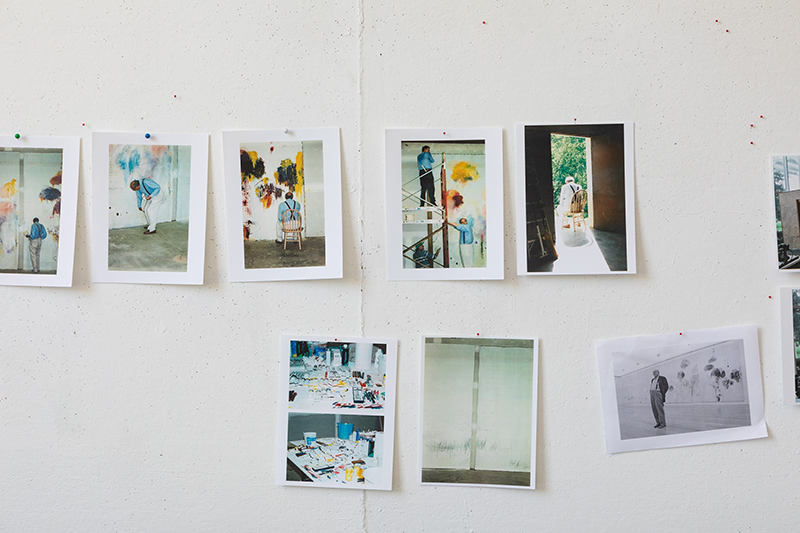
Valerio Morabito
Valerio Morabito is the 2022 Enel Foundation Italian Fellow in Architecture, Urban Design, and Landscape Architecture, an architect, and a professor at the Università Mediterranea di Reggio Calabria and the University of Pennsylvania.
Valzhyna Mort
Valzhyna Mort is the 2022 Rome Prize Fellow in Literature and an associate professor in the Department of English at Cornell University.
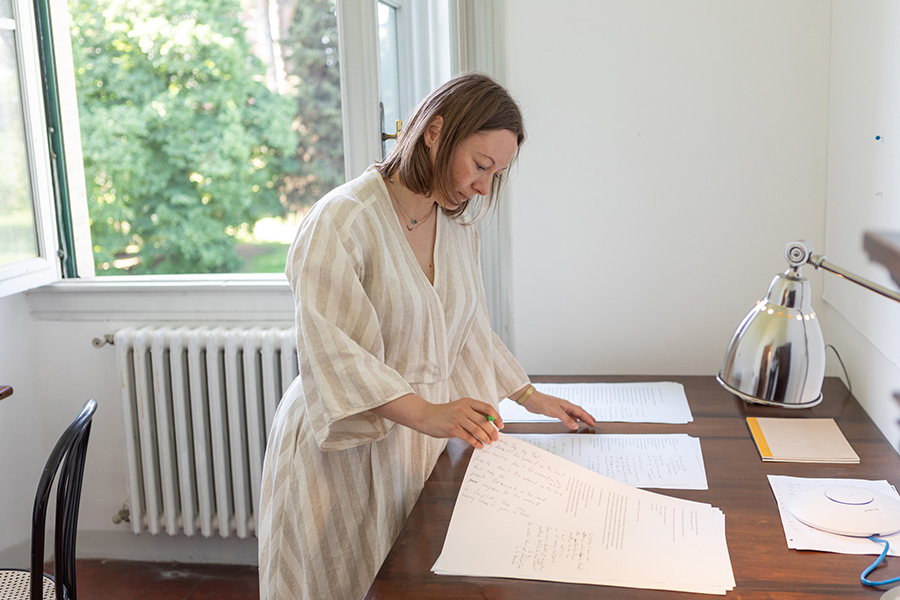
Las Nietas de Nonó
Las Nietas de Nonó have been developing methodologies of connecting memories with food through performance, social practice, encounters, installation, and methods of archiving within black and brown communities. For Open Studios, Las Nietas will be presenting a film in progress as part of the research during their time at the American Academy in Rome.
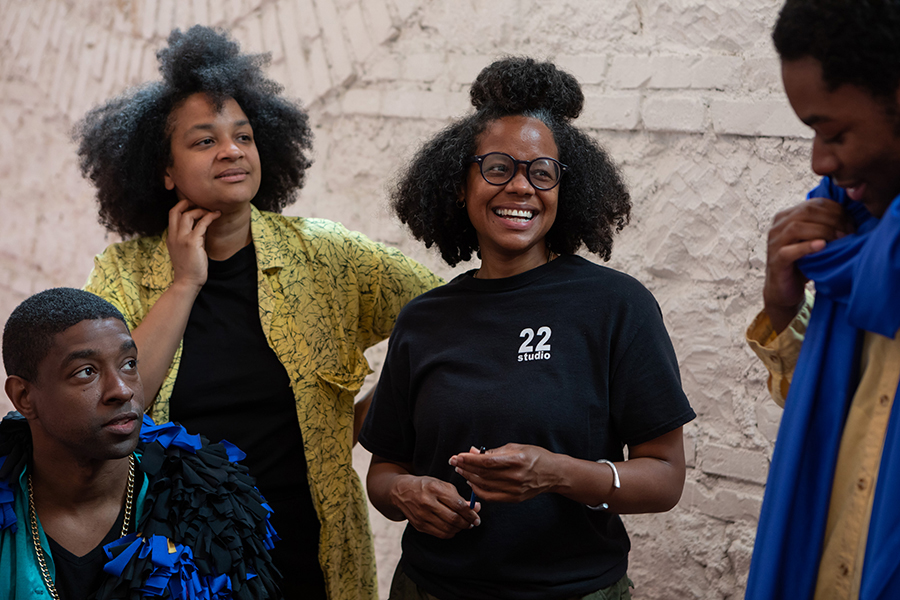
Sarah Nunberg
Sustainability Tools in Cultural Heritage: Exploring a New Mindset
Changing our carbon footprint is a daunting task. Sarah Nunberg’s Sustainability Tools in Cultural Heritage (STiCH) provides a carbon calculator and case studies based on life cycle assessment (LCA) where professionals in cultural heritage can calculate the impact of materials and actions to make informed choices. In this way they can select lower impact materials and choose lower impact actions to reduce their carbon footprint and greenhouse gas emissions. Through informed choices we can pressure industry to produce materials made from sustainable products, putting us closer to the five ton per person goals of the Paris accord.
Jennifer Pastore Hannah
When Jennifer Pastore Hannah arrived in Rome in February, she was excited to take a break from her work as a magazine photography director to research and practice slower forms of storytelling. She has used this time to research elaborative maternal reminiscing styles through the lens of (rapidly disappearing) Italian needlecraft traditions. The stories of women who received or made biancheria (handmade household linens) and corredo (wedding trousseau) from their families have come to her from unlikely sources including Academy peers, friends of friends, and magazine contacts. The making of these elaborate, handmade linens was often a communal practice, creating a space for women to gather and teach. The custom of bringing a corredo into a marriage was an important way for women to personalize their living spaces with things they owned in an otherwise patriarchal system. The linens connected them to their familial and personal identities through the act of making these objects, and through the intergenerational storytelling that was a part of the process. Pastore is planning to expand this research with more documentation and interviews—and to make her own biancheria pieces for her family with thrifted linens she has found in Roman markets.
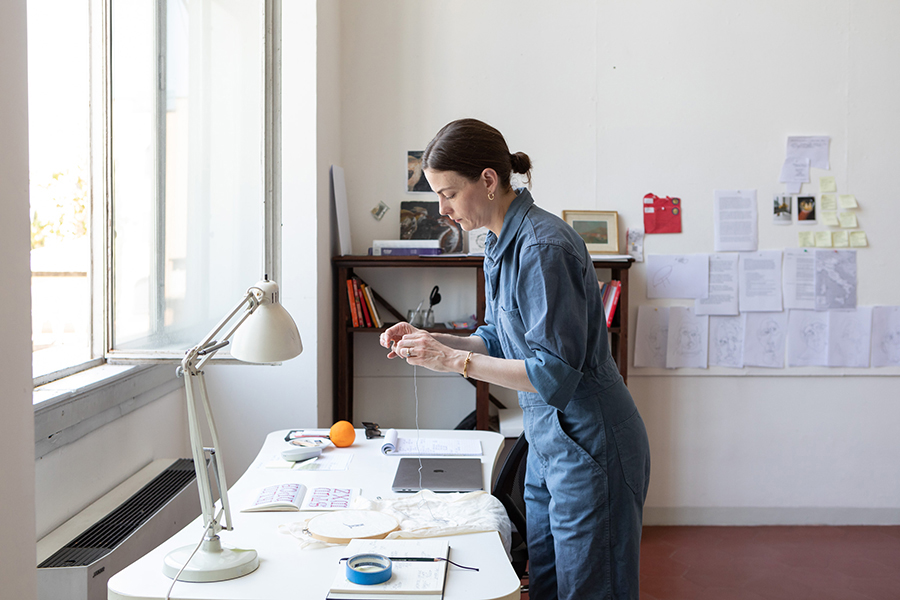
Mireille Roddier and Keith Mitnick
Six Architectures in Search of an Author
In Six Architectures in Search of an Author, Mireille Roddier and Keith Mitnick have creatively explored different facets of architectural narrativity through a collection of fragmented drawings and photographs. Beginning with six well-known Roman edifices, they have departed from traditional forms of architecture representation in search of new ways of thinking about and seeing the city of Rome.
Igor Santos
offering
Igor Santos’s offering is a work for piano and video centered on the relationship between music and the ocean. The work uses found footage, found sounds, quotations of ocean-inspired works, and water-like pianistic gestures, all mixed together in a mimetic cycle—constantly navigating between video, sounds, and live performance, as well as back and forth in historical time.
The ocean, in offering, is used as a vehicle to talk about migration, to invoke ancient myths and symbols, and to celebrate cross-cultural and transnational “contaminations”. These concepts and ideas, along with the visual elements of the work, were made in collaboration with the visual artist William Villalongo (2022 Jules Guerin/Harold M. English Rome Prize Fellow).
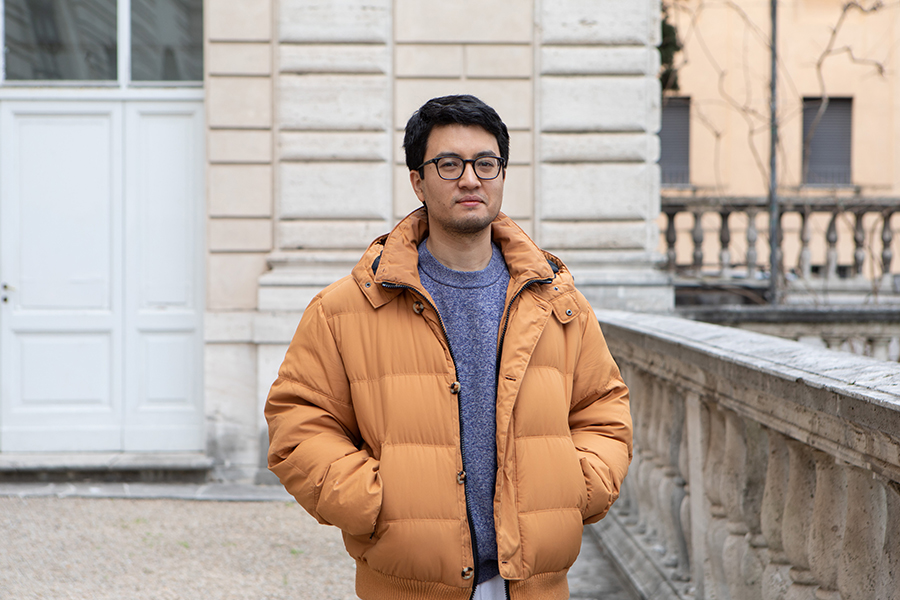
Tina Tallon
Shrill
Tina Tallon’s Shrill features four different interactive sound sculptures that will be situated as part of the set design in my electroacoustic chamber opera of the same title, which will examine how bias in the development and regulation of voice technology has shaped society. Everything from microphones to modes of transmission has been optimized for specific voices, and the gendered and racialized invective surrounding people from historically underrepresented demographics in American media has changed very little since the dawn of the broadcast era. Told from the perspective of four minoritized vocal laborers, Shrill will grapple with questions of virtuality, embodiment, identity construction, and power. The set will include novel sculptural electronic instruments that engage performers and audience alike in embodied explorations of the resistance that different media and forms of representation pose to equity and advancement. Ultimately, Shrill will entreat listeners to examine their own biases and advocate for voices that are silenced in our society by structural inequity.
William Villalongo
William Villalongo will display studio works in progress, an installation in the AAR Cortile entitled I See You, and a collaboration with Igor Santos (2022 Samuel Barber Rome Prize Fellow) called New Work. This will be the second collaboration between the artist and the composer at the Academy.
Villalongo’s new works bring together a personal archive of images collected while in Rome. The images speak to thousands of years of trade and craft traditions between the African continent and the European Mediterranean. The artist weaves these artifacts with sea imagery as motifs of deep time, healing, and migration into his signature velvety cut paper and collage. The works celebrate the endurance of the black presence within art and material culture despite systemic historical erasure. The artist’s installation I See You presents an installation of “gazing balls” throughout the Cortile. Playing off the sixteenth-century European garden décor of displaying reflective glass balls among foliage, the artist presents balls flocked in black velvet. Though highly visible in the landscape the balls absorb light, asking the viewer to consider the notion of reflection as a movement inward.